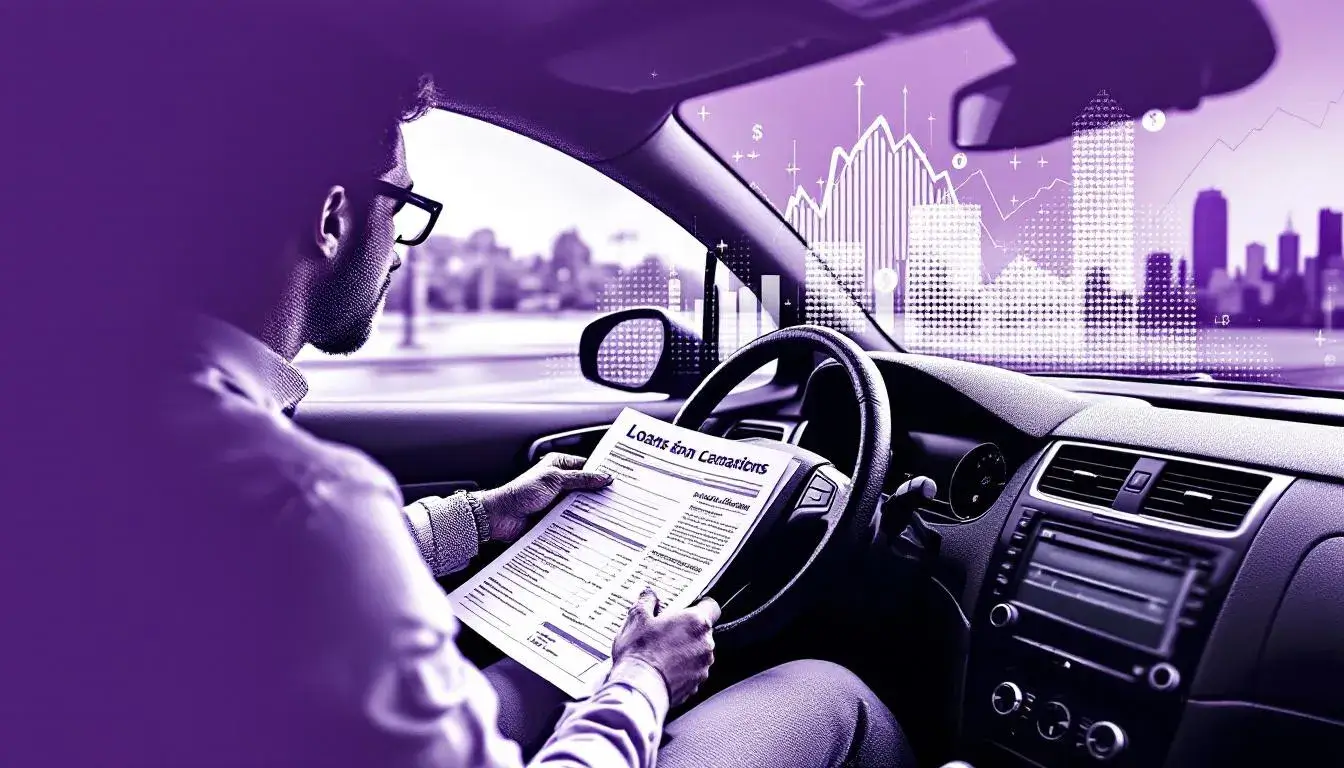
How Far Can £300 Go? Smart Ways to Use It

Making the Most of £300: A Practical Guide
A sum like £300 can make a tangible difference, whether you’re looking to borrow, save, invest, or cover an urgent expense. Understanding your options ensures you get the best value and avoid common pitfalls.
Who Should Read This?
This guide is for UK consumers considering what to do with £300—whether as a loan, an investment, or a windfall. If you want to improve your financial position or make a smart short-term decision, this is for you.
Understanding Key Terms: APR, Interest, and Repayment
Before you act, it’s vital to grasp some fundamental finance concepts:
APR (Annual Percentage Rate): This is the yearly cost of borrowing, including interest and fees. A lower APR usually means a cheaper loan, but always check for hidden charges.
Interest Rate: The percentage charged on the amount you borrow or earn on savings. Fixed rates remain the same; variable rates can change.
Repayment Terms: These determine how long you have to pay back the money and how much you pay each time. Shorter terms often mean higher monthly payments but less total interest.
Unsecured vs. Secured Loans: An unsecured loan (like a personal loan) doesn’t require collateral. A secured loan (such as against a car) may offer lower rates but poses greater risk.
Credit Score: This impacts your eligibility and the interest rates you’re offered. A better score usually means better terms.
Your £300 Options: Spend, Save, Invest, Borrow
A sum of £300 opens several doors:
1. Borrowing £300 (Short-Term Loans):
Short-term loans from banks, credit unions, or brokers like Kandoo can provide a fast cash boost. Compare APRs, fees, and repayment terms. Payday loans are quick but come with high costs.
2. Saving £300:
Put the money in a high-interest savings account or an ISA. While rates are modest, your capital is safe, and you’ll earn a little extra over time.
3. Investing £300:
Stocks & shares ISAs, peer-to-peer lending, or micro-investing platforms let you try to grow your money. Returns can be higher, but so are risks—never invest what you can’t afford to lose.
4. Using £300 to Pay Down Debt:
If you have expensive debt, using £300 as an overpayment on a credit card or overdraft can save you money on future interest.
5. Covering Essential Expenses or Emergencies:
For some, £300 may be needed to cover immediate costs, such as car repairs, utilities, or urgent bills.
The Costs, Returns and Risks
Borrowing: Interest rates on short-term loans can be steep, especially from payday lenders. Always check the total repayable amount.
Saving: With inflation often outpacing savings rates, the real value of your money might decrease over time.
Investing: Potential for higher returns but no guarantee. Market volatility can mean you lose some or all of your capital.
Debt Repayment: This is a low-risk way to use spare funds—reducing your future outgoings.
A table for quick comparison:
| Option | Potential Return | Risk Level | Typical Use |
|---|---|---|---|
| Borrowing | N/A | Medium–High | Emergencies |
| Saving | Low (1–5%) | Low | Short-term goals |
| Investing | Variable (0–10%+) | Medium–High | Building wealth |
| Debt Repayment | Saves interest | Very Low | Reduce liabilities |
Eligibility and Conditions
Loans: You’ll need proof of income, a UK address, and often a fair credit score. Some lenders are more flexible but may charge more.
Savings/Investments: Usually open to UK residents over 18. Some accounts or platforms require regular deposits or minimum balances.
Using as Debt Repayment: Check your lender’s overpayment policy—some loans have penalties for early repayment.
Step-by-Step: Putting £300 to Work
Assess your current financial position
Decide your primary goal (save, spend, invest, borrow)
Check your credit score if borrowing
Compare available options and providers
Read the terms and conditions thoroughly
Apply or allocate funds as decided
Monitor progress and adjust if necessary
Pros and Cons to Consider
Advantages:
£300 can help break a debt cycle, cover an emergency, or start an investment journey.
Flexible options to match individual needs and risk appetite.
Disadvantages:
High borrowing costs can outweigh benefits if not repaid quickly.
Investments can lose value, and savings may not keep pace with inflation.
Spreading funds too thinly (e.g., small investments in many places) may limit returns.
Before You Decide: Key Points to Watch
Think carefully about your priorities. If you’re considering borrowing, can you afford the repayments? Do you have an emergency fund in place? For investments, be clear on your risk tolerance. If using £300 to pay down debt, check for early repayment fees. Always read the small print, and don’t rush—take time to compare offers.
Other Alternatives
Credit Unions: Often offer fairer rates than payday lenders and are community-focused.
0% Purchase Credit Cards: If you need to spread the cost, these can offer interest-free periods if managed well.
Friends or Family: Sometimes borrowing informally can help, but ensure everyone understands the terms.
Budgeting Apps: Use technology to manage your finances and avoid needing to borrow in the first place.
Frequently Asked Questions
1. Can I get a loan for just £300?
Yes, many lenders offer small personal loans, but check the APR and fees carefully.
2. Is it better to save or invest £300?
It depends on your goals and risk appetite. Savings are safer; investments offer higher potential returns.
3. Will using £300 to pay off debt improve my credit score?
Reducing outstanding debt can have a positive impact on your credit score.
4. What’s the risk of investing £300?
All investments carry risk, including loss of capital. Diversify where possible and never invest money you can’t afford to lose.
5. Are there fees for paying off a loan early?
Some lenders charge early repayment fees—always check your agreement.
6. How quickly can I get a £300 loan?
Some lenders offer same-day decisions and payout, but rates can be high.
7. Can I split £300 across several options?
Yes, but remember that spreading money too thinly may reduce the impact or returns.
What to Do Next
Take stock of your finances and clarify your goals. Use online calculators to compare options, check your credit report, and speak to a reputable broker like Kandoo for tailored advice. Don’t be rushed—an informed decision today can save you money and stress tomorrow.
Disclaimer
This guide is for informational purposes only and does not constitute financial advice. Please consult a qualified adviser or financial institution before making any major financial decisions.
Buy now, pay monthly
Buy now, pay monthly
Some of our incredible partners
Our partners have consistently achieved outstanding results. The numbers speak volumes. Be one of them!


AluElite

Arctic Leopard UK










